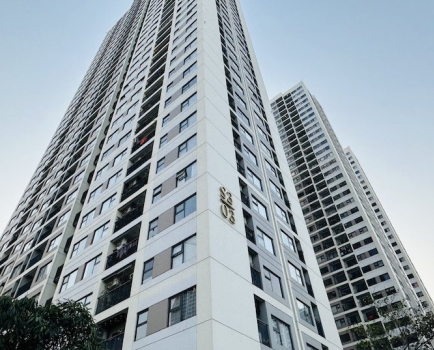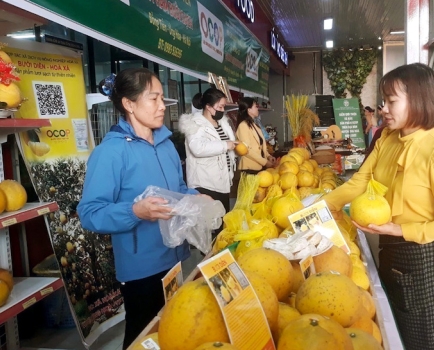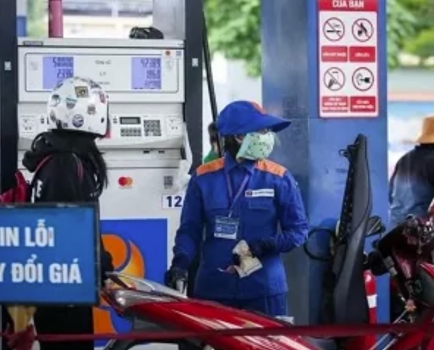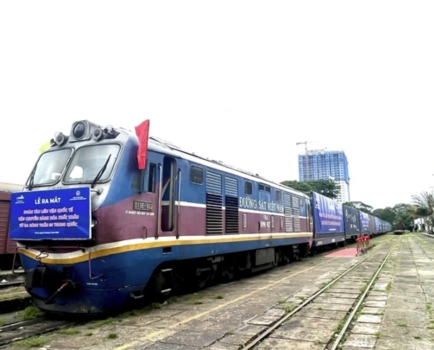Vietnam’s liberalization efforts lead to booming tourism industry
Mon, 17 Jun 2019 21:17:00 | Print | Email Share:
Tourism is likely to become Vietnam’s new growth pillar, increasing its contribution to the service sector and overall GDP.

The booming of Vietnam’s tourism over the past few years was largely thanks to the government’s continued liberalization efforts, HSBC said in its latest report.
Tourist arrivals have risen since 2000 and have surged since 2015, reaching a record high of 15 million in 2018. The pace of tourist arrivals has also risen, doubling from 7.5 million to 15 million over the last six years.
Not surprisingly, more tourists have brought more revenue to the country. Tourism receipts accelerated in the past decade, generating US$27 billion in 2018, equivalent to 11% of the GDP.
In mid-2015, Vietnam introduced a pilot one-year program granting visa exemptions to five European countries, including France, Germany, Italy, Spain, and the UK.
The scheme has since been extended three times and is now scheduled to last until 2020.
In addition, Vietnam has targeted other major markets like China, Japan, South Korea and the US by granting e-visa in early 2017, which was extended to 46 countries later that year.
Thanks to the government’s policy in relaxing visa restriction, in 2018, around 80% of tourists to Vietnam came from Asia, mainly from China and South Korea. These two countries combined contributed 16 percentage points to the 20% growth of tourist arrivals.
The strong trend continues in 2019, with 6 million tourists visiting as of April, up by 9% from last year.
Thailand and Taiwan (China) have contributed the most to the growth so far this year, indicating Vietnam’s increasing attractiveness to new markets.
Should the trend continue, Vietnam is very likely to reach its goal of welcoming 17-20 million tourists by 2020.
Despite a rosy picture, Vietnam’s tourism sector still falls behind many countries in the region, stated the report.
Simply looking at total tourist numbers in 2018, the country still has a long way to go compared to 38 million in Thailand.
It also spends much less on tourism promotion. Vietnam’s annual budget on promotional activities is US$2 million, much lower than Thailand's US$69 million.
In addition, lack of infrastructure is a constraint to Vietnam’s ability to attract more tourists.
It has far fewer international airports than other countries, hence putting pressures on existing airport capacity.
For instance, Ho Chi Minh City has a high airport utilization ratio at 144%, the highest in major ASEAN cities.
Other transport infrastructure, such as road and cruises, also require improvements to better link major tourist destinations.
New policies to boost tourism
Apart from resorting to traditional toolkits, like investing in marketing and improving infrastructure that take a long time to come to fruition, Vietnam has implemented some innovative policies to boost tourism in Vietnam including diversifying the tourism products it offers.
Named Asia’s best golf destination in the past two consecutive years by the World Golf Awards, Vietnam eyes golf tourism.
In 2018, it appointed Greg Norman, an Australian World Golf Hall-of-Fame member, to be its tourism ambassador, aiming to use his popularity to attract international golfers.
According to the Vietnam National Administration of Tourism, international travel companies aim to increase golf-related arrivals by 50%, which would likely generate sizeable revenue to the country, as golf tourists spend over twice more than general tourists.
This could translate into a US$1 billion business by 2020.
In terms of breakdowns, tourist arrivals from Korea, Japan and Taiwan are also likely to go up, given their strong interests in the sport.
Another policy is to diversify the source of tourists. With deepening economic ties, the US emerges as a potential market.
Despite a consistent 10% annual increase in American tourists since 2015, the actual number of visitors still lags far behind other markets.
Recent news that Vietnamese airlines are allowed to operate direct flights to the US adds the potential to boost American tourists, while also supporting local airline and hotel industries.
Apart from the US, Europe is also a potential target.
Earlier this year, Vietnam extended its e-visa program to an additional 34 countries, out of which 65% are in Europe, in particular Eastern Europe. By further easing of visa requirements, robust growth of European visitors could be continued.
The continuation of strong tourism growth will bring many benefits to the economy. More tourist receipts will provide further foreign exchange inflows and reduce Vietnam’s services deficit in the balance of payments.
Moreover, it will provide a broader array of employment opportunities, and crucially, it will help further diversify the Vietnamese growth story.
By: Hanoitimes/VOV
---------------------------------------------
Same category News :













